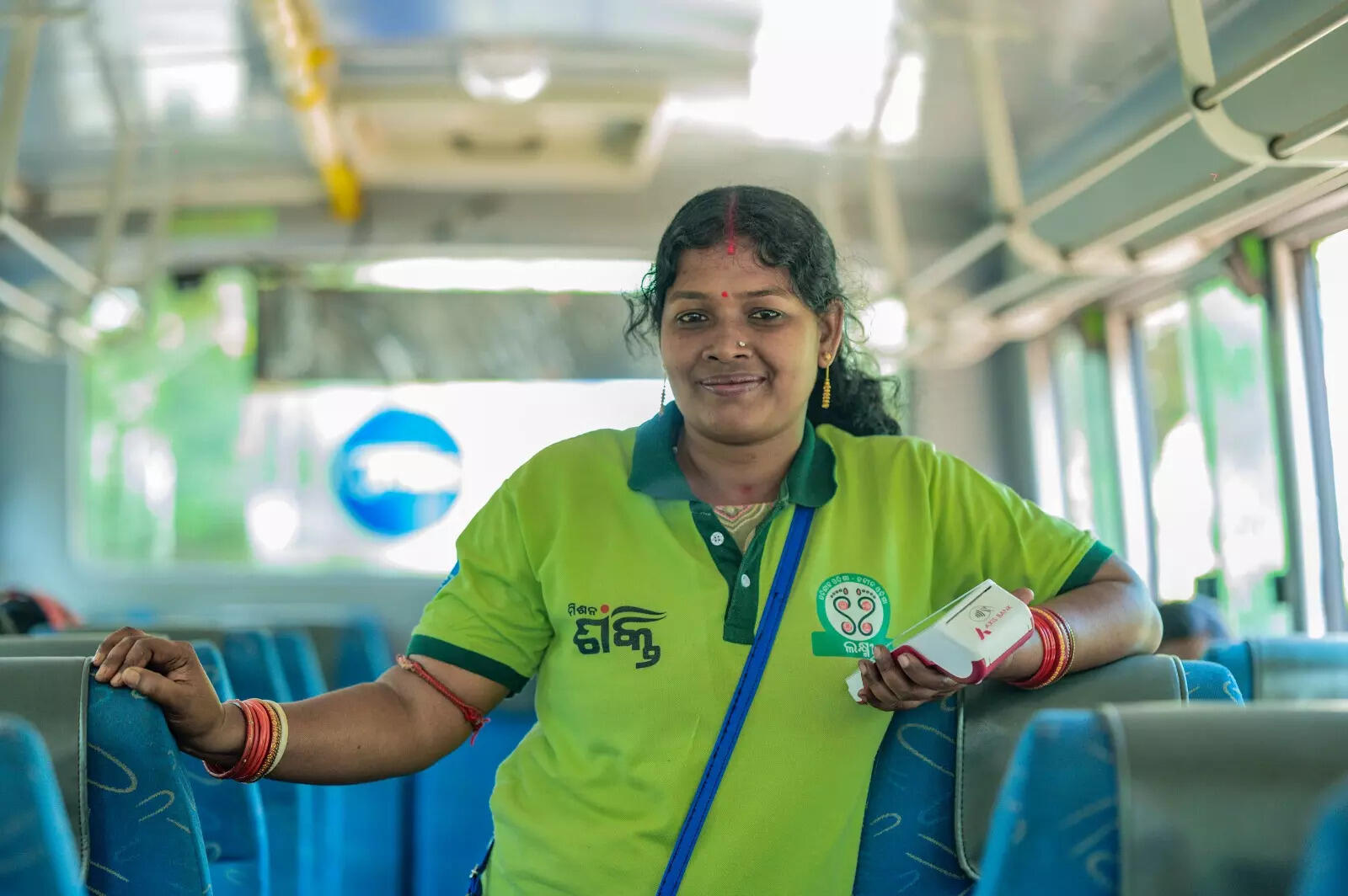
New Delhi: Geetanjali Jena and her family of five were struggling to meet and manage household expenses and educate the three children. She did odd jobs like tailoring and tutoring poor children but could not make both ends meet.
It was then that she learnt about the Location Accessible Multi-modal Initiative (LAccMI) scheme of the Odisha State Road Transport Corporation (OSRTC) and about its schemes for the rural women who needed suppot.
When announcement of job opportunities was made under the LAccMI scheme, Geetanjali applied for it. She passed the interview, and was enrolled into a training program on ticketing, communicating with the passengers, and other bus duties. Today, she has come a long way as she is earning more than INR 8000 to support her family and the education of her children.
Now she is fondly known as LAccMI didi in her village, Malkangiri, Odisha.
The scheme has already touched the lives of 45 million people, it has a special focus on women empowerment. LAccMI’s collaboration with Mission Shakti SHG has empowered over 2,000 women so far, creating income-generating avenues and fostering economic independence. By providing diverse job opportunities and a supportive environment, OSRTC is not just transforming transportation infrastructure but also empowering women to lead and thrive.
Gender gap in transport sector: The transport sector is grappling with a significant gender disparity across various fronts, including user demographics, workforce composition, and decision-making roles.
According to the International Labour Organization (ILO) only 16.8% of the global workforce in transport comprises women, indicating a substantial gender gap that could persist for 132 years based on current projections.
In India, as per Niti Aayog, the disparity is stark, with only 27 females per 1000 engaged in transport compared to 117 males.
India exhibits one of the lowest rates of female labor force participation (FLFP) among developing countries. According to the data from the 68th round data of National Sample Survey (NSS) collected in 2011–2012, the FLFP stood at 35.8% in rural areas and 20.5% in urban areas, averaging 31.2% nationwide.
Despite these challenges, there are ongoing efforts to address the gender gap in the transport sector by implementing initiatives like LAccMI aimed at increasing female participation.
The scheme is poised to generate an income amounting to INR 4,500 crore in the next five years by employing more than 37,000 people directly and indirectly.
“Our commitment to the LAccMI initiative goes beyond just improving transportation infrastructure. It’s about empowering communities, especially women, to take charge of their lives and futures. Seeing women like Geetanjali become financially independent through our efforts reinforces our belief in the transformative power of initiatives like LAccMI. Palladium is proud to be a part of this revolution fostering inclusivity, diversity and innovation in the transport sector” says Amit Patjoshi, CEO, Palladium India.

